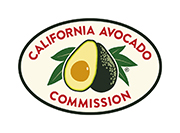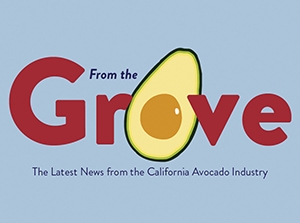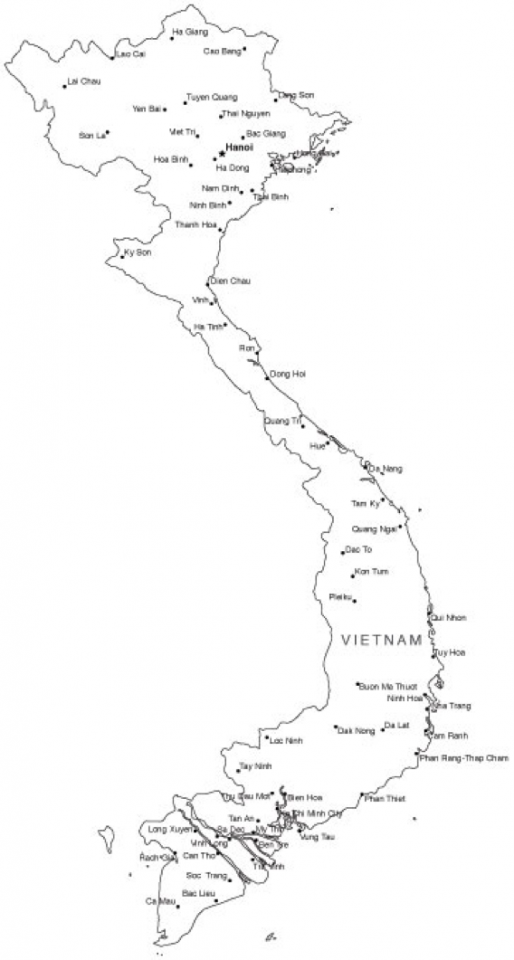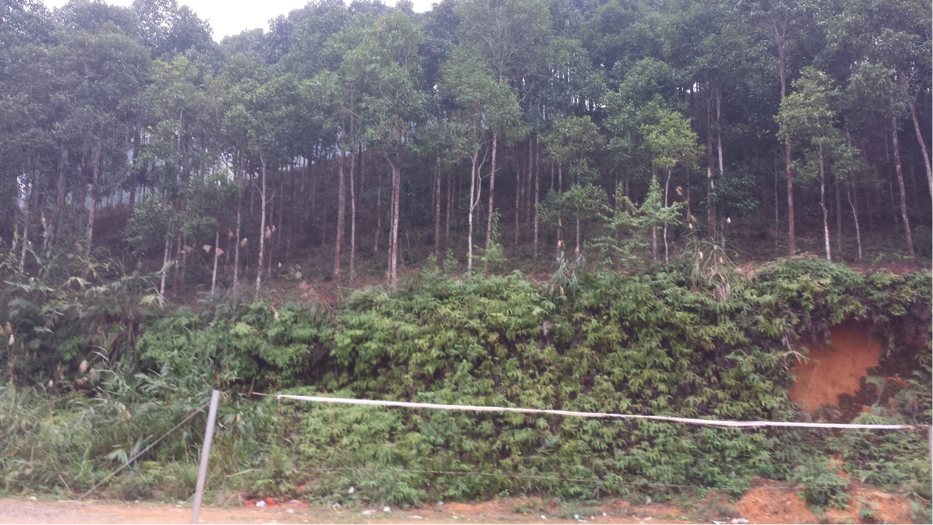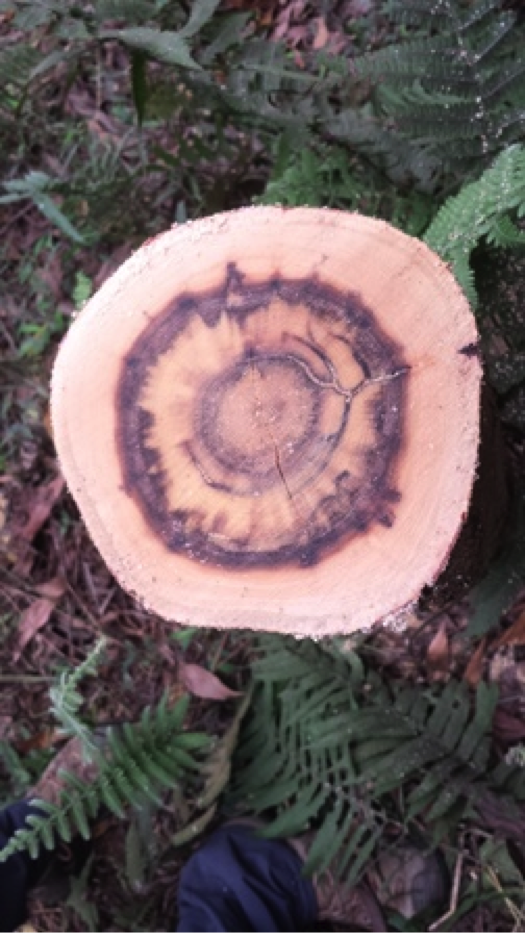PSHB Exploration in Vietnam
Although the polyphagous shot hole borer (PSHB) has been present in California since 2003, it was not until 2012 that PSHB, and fungi associated with PSHB, were recognized as potential threats to California avocado growers. Dr. Richard Stouthamer’s lab at the University of California Riverside (UCR) determined that a PSHB beetle discovered in a South Gate backyard avocado tree shared the same DNA fingerprint with a PSHB/fungus combination invading Israel. Subsequently, it was discovered that beetle samples from Vietnam had identical DNA fingerprints to the California PSHB beetle indicating that Vietnam was the most likely origin of the California pest.
Because an insect’s native region contains a diverse selection of predaceous enemy species, Dr. Stouthamer, Dr. Akif Eskalen (UCR) and their team visited Vietnam from February 9, 2014 – March 2, 2014 to learn more about possible opportunities to control PSHB outbreaks in California. Dr. Thu and his research team from the Forest Protection Research Center of the Vietnamese Academy of Forest Sciences led Dr. Stouthamer and his peers to a variety of locations where PSHB have been found. They visited acacia and cinnamon plantations, as well as commercial avocado groves.
At each of the locations the researchers would collect samples of PSHB-infested acacia, cinnamon, castor bean, tea and avocado trees and then dissect the samples in the lab. The researchers collected all of the insects and mites found in the galleries, made fungal preparations from the galleries to determine the composition of the fungi and collected potential antagonists of the harmful fungi carried by the PSHB beetle.
Researchers collected beetles, predaceous thrips, a variety of mite species, predaceous beetle larvae and fly larvae from approximately 450 samples. Dr. Thu also provided samples of two to three fly species believed to be PSHB enemies. Dr. Stouthamer is currently examining the fly species to determine if they are PSHB predators. Dr. Eskalen made 142 fungal isolates and is in the process of identifying them. He is working to isolate fungal entomopathogens that had apparently attacked several beetles.
Drs. Stouthamer and Eskalen were surprised by the pattern of PSHB infestation in Vietnam. In California, PSHB thrive on a range of host plants. In Vietnam, there was little infestation of street trees, and castor bean plants in heavily infested commercial groves were often beetle-free. Similarly, a PSHB-free grove often existed in close proximity (5 km) to a heavily PSHB-infested grove. Drs. Stouthamer and Eskalen posit that in Vietnam there may be biotic factors that limit beetle populations to hosts in plantations where the beetles have adapted to the host species. California may lack these biotic factors, thus the beetles are able to invade additional hosts. The researchers will test a couple of hypotheses to see if they can determine why PSHB infestation patterns differ in Vietnam and California.
